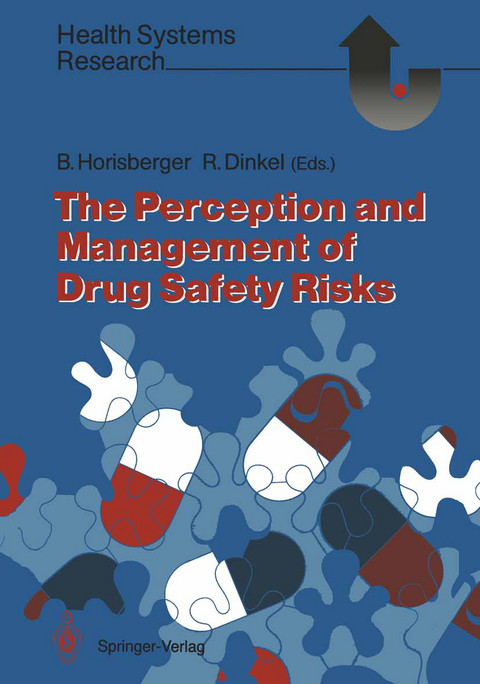
The Perception and Management of Drug Safety Risks
Springer Berlin (Verlag)
978-3-642-74274-3 (ISBN)
Opening Address.- I: Society and the Benefit/Risk Relationship.- 1. Acceptable Risk in Society.- 2. A Broad Framework for Confronting Health Risks.- 3. Communicating the Risks and Benefits of Technology: The Case of Pharmaceuticals.- 4. Overview of the Drug Safety Issue and Ciba-Geigy's Response: RAD-AR.- 5. Summary of Part I: Presentations and Discussions.- II: Benefit/Risk Analysis and Appraisal.- 6. Limitations of Available Sources of Data on Prescription Drug Safety.- 7. Strategies, Designs, Criteria, Tactics and Statistics to be Considered when Evaluating Scientific Evidence.- 8. Statistics in Drug Risk Research: The Background of Pharmacoepidemiology.- 9. Industry-Sponsored Risk Institutes.- 10. The Feldene Experience: A Case Study.- 11. Risk Perception of Prescription Drugs: Report on a Survey in Sweden.- 12. Risk Perception of Prescription Drugs: Report on Surveys in Japan.- 13. Scientific and Political Components of Regulatory Decision Making: General Considerations.- 14. Scientific and Political Components of Regulatory Decision Making: The United States Experience.- 15. Summary of Part II: Presentations and Discussions.- III: Current Challenges.- 16. Professional Drug Information: A Consumer Perspective.- 17. Going Patient, Going Public.- 18. Reporting Adverse Drug Reactions: The Media Approach.- 19. What Can Be Learned from Drug Safety Issues?.- 20. Summary of Part III: Presentations and Discussions.- IV: Responding to the Issues.- 21. Editor's Note.- 22. Pharmacoepidemiology.- 23. Risk Perception Analysis.- 24. Communicating the Benefit/Risk Relationship.- 25. Risk Appraisal on an International Scale.- V: Outlook.- 26. The Wolfsberg Questions.- VI: Annex.- 27. Curriculum Vitae of Authors.- 28. Bibliography.- 29. Subject Index.- 30. A Handbook ofInternational Data Sources for Drug Benefit/Risk Assessment.
| Erscheint lt. Verlag | 23.12.2011 |
|---|---|
| Reihe/Serie | Health Systems Research |
| Zusatzinfo | XXIV, 216 p. |
| Verlagsort | Berlin |
| Sprache | englisch |
| Maße | 170 x 242 mm |
| Gewicht | 417 g |
| Themenwelt | Medizin / Pharmazie ► Allgemeines / Lexika |
| Medizin / Pharmazie ► Medizinische Fachgebiete ► Pharmakologie / Pharmakotherapie | |
| Schlagworte | Assessment • Drug • drug safety • epidemiology • Health • Organizations • pharmacology • Research |
| ISBN-10 | 3-642-74274-2 / 3642742742 |
| ISBN-13 | 978-3-642-74274-3 / 9783642742743 |
| Zustand | Neuware |
| Informationen gemäß Produktsicherheitsverordnung (GPSR) | |
| Haben Sie eine Frage zum Produkt? |
aus dem Bereich


